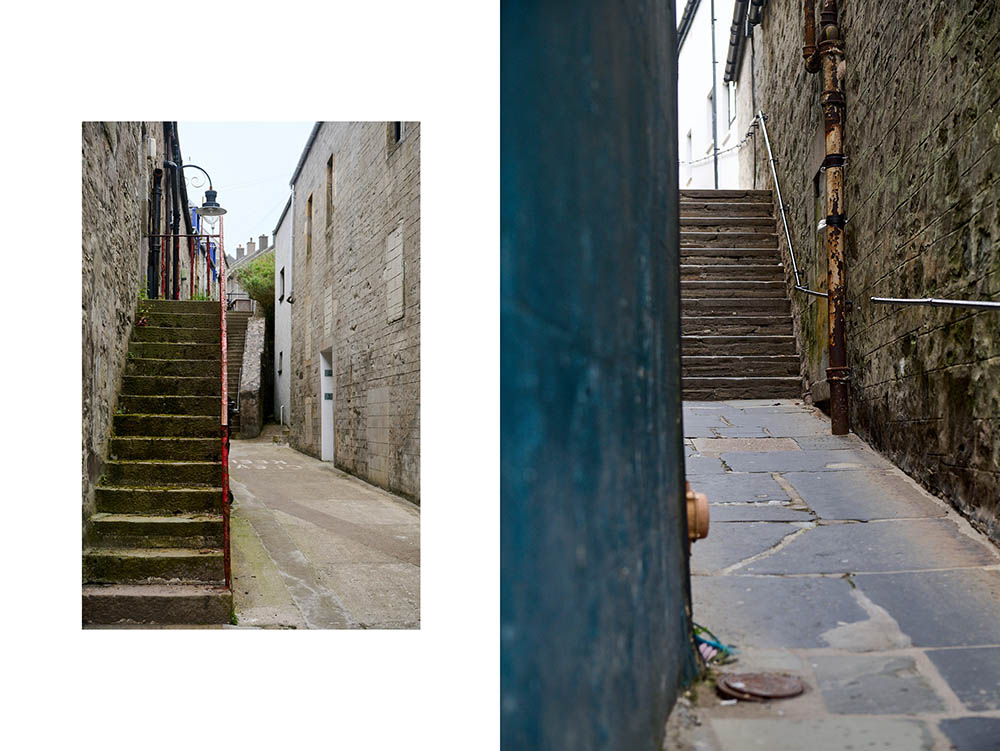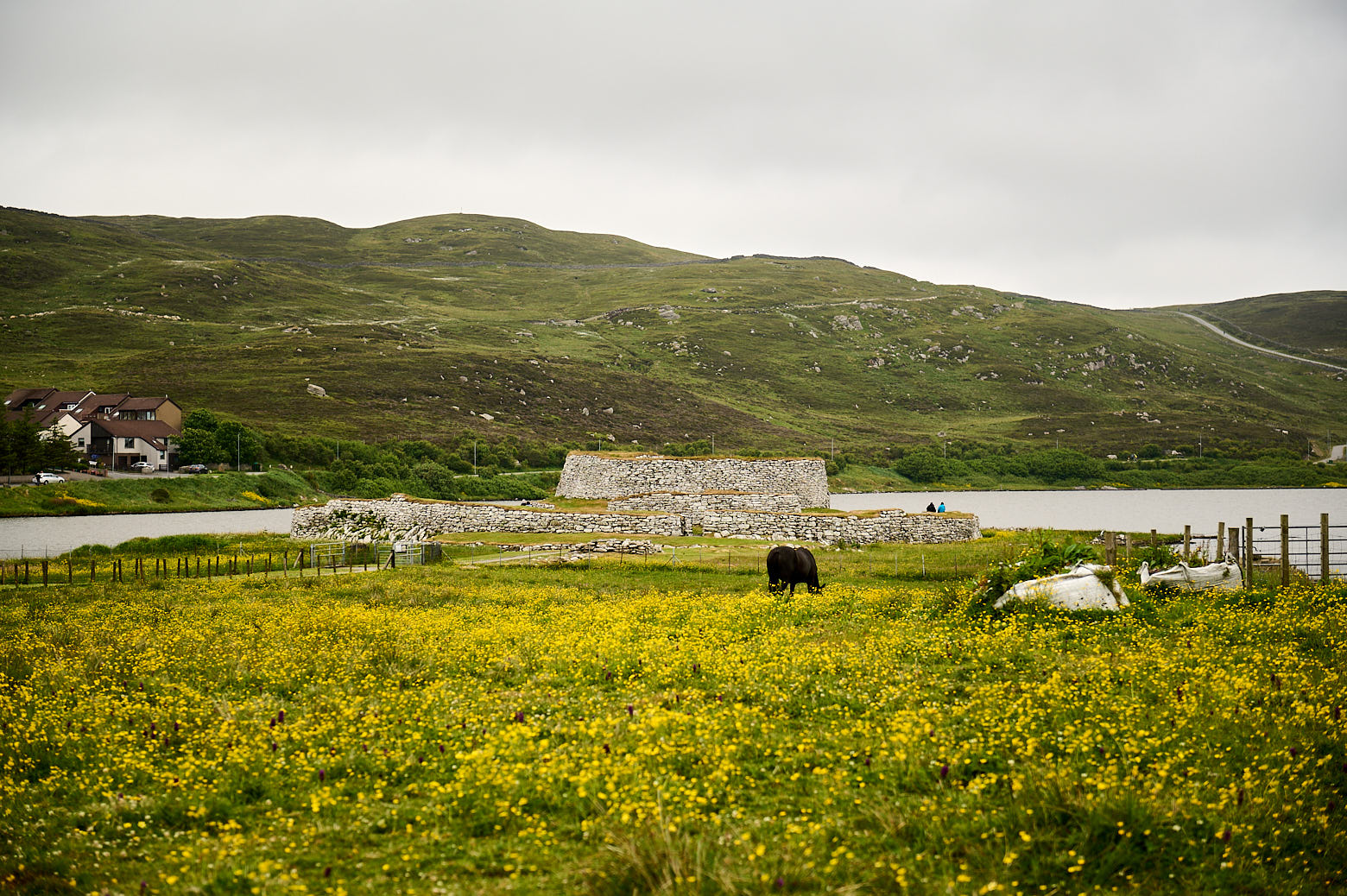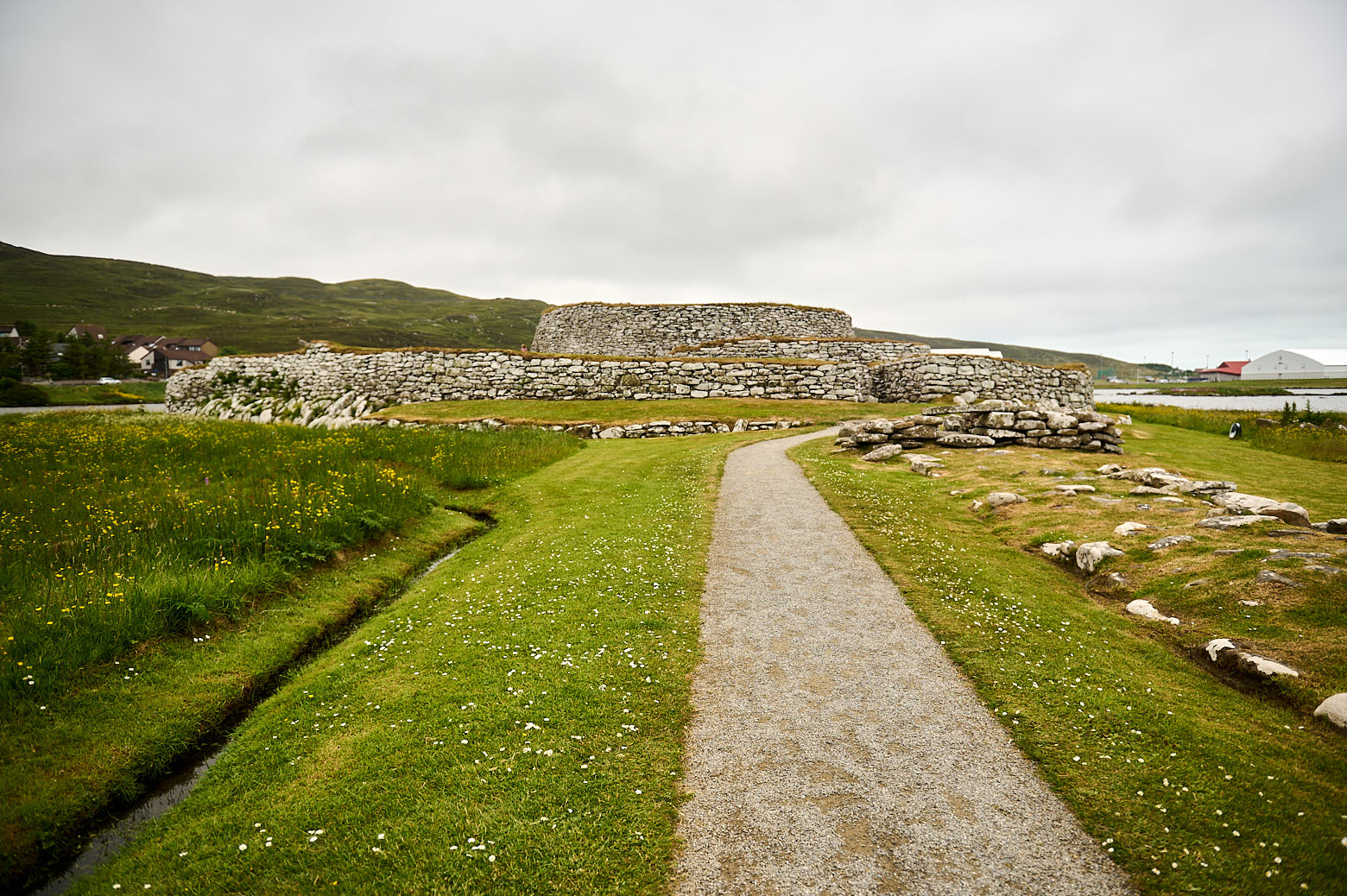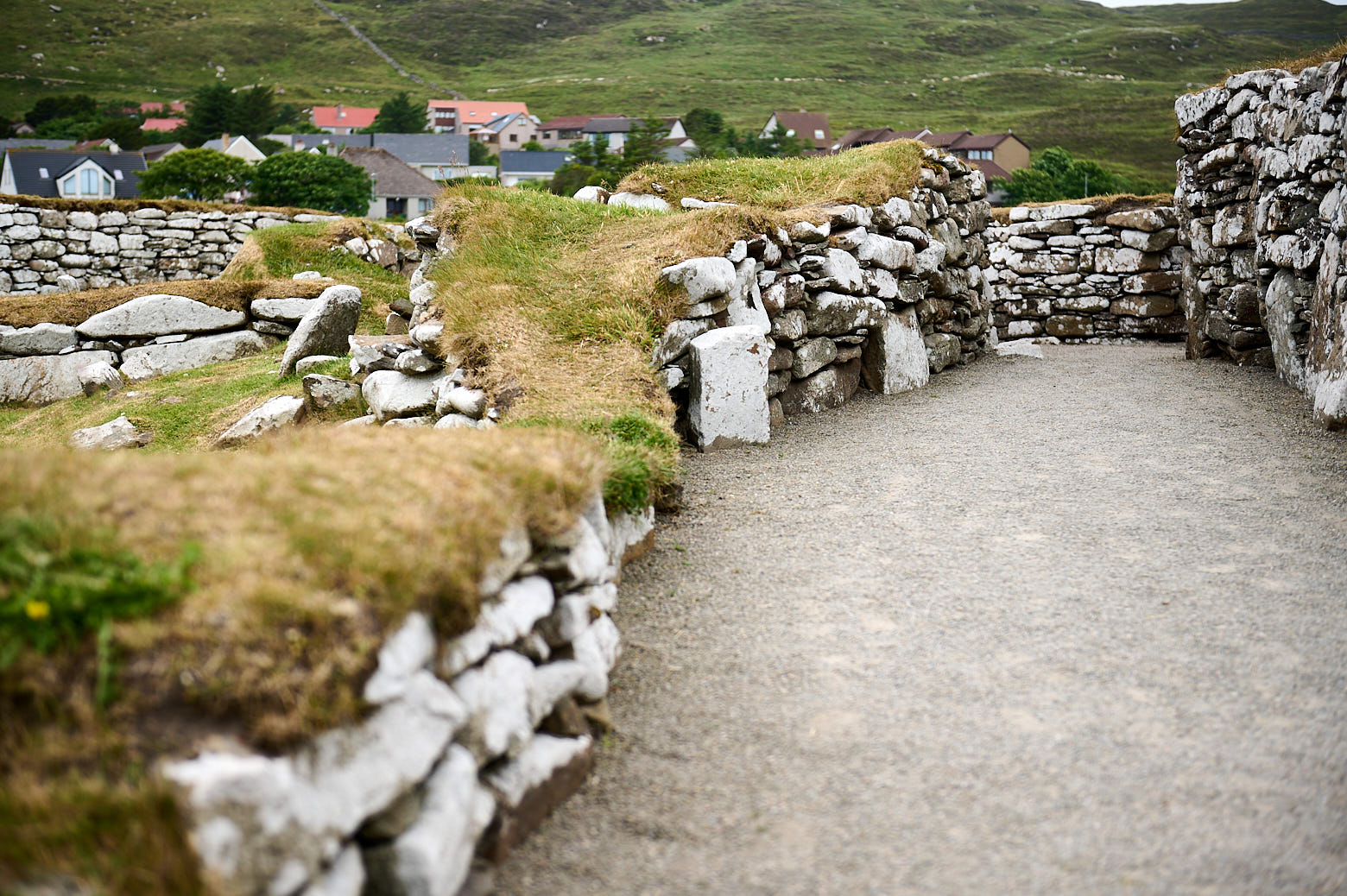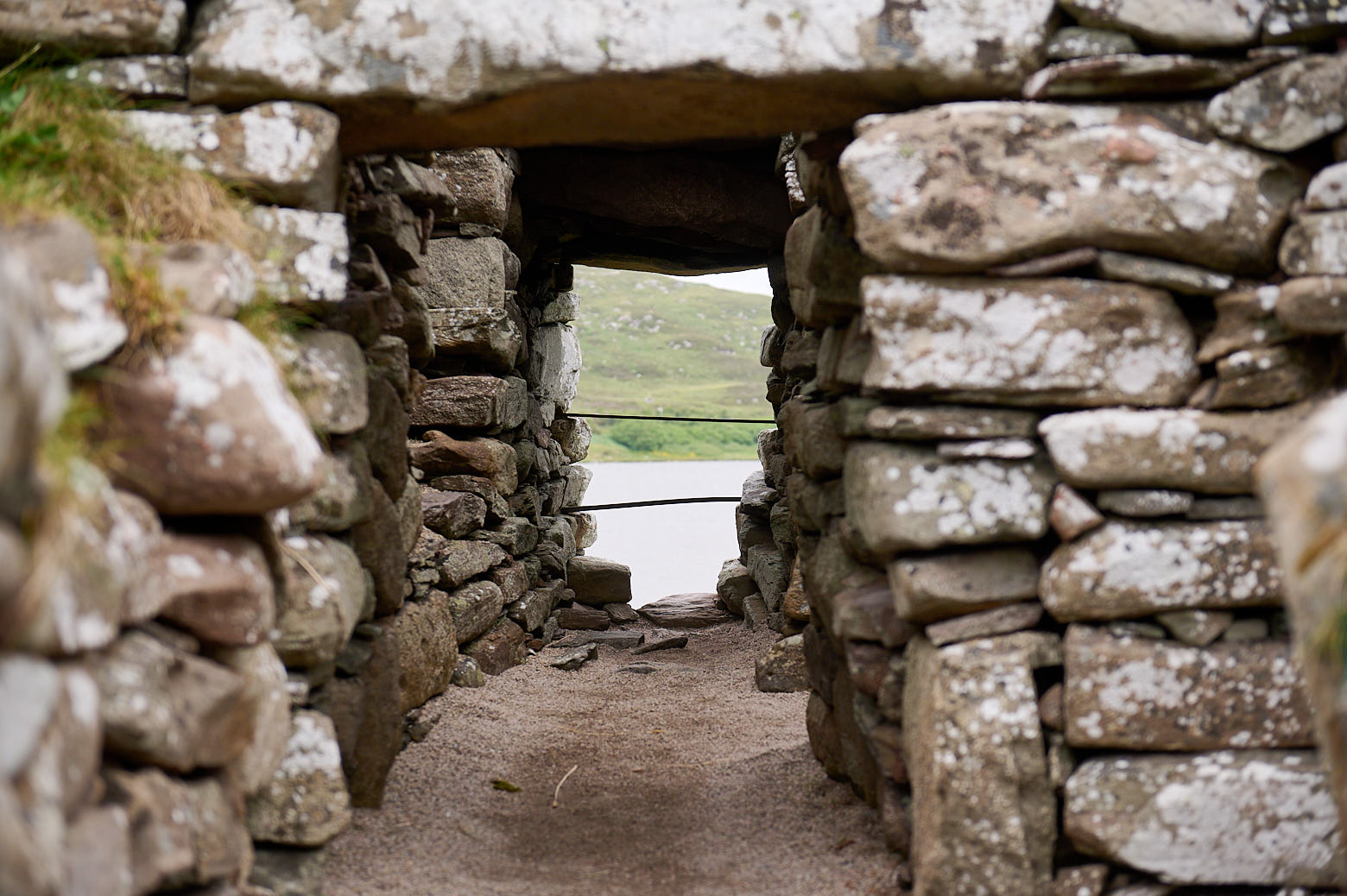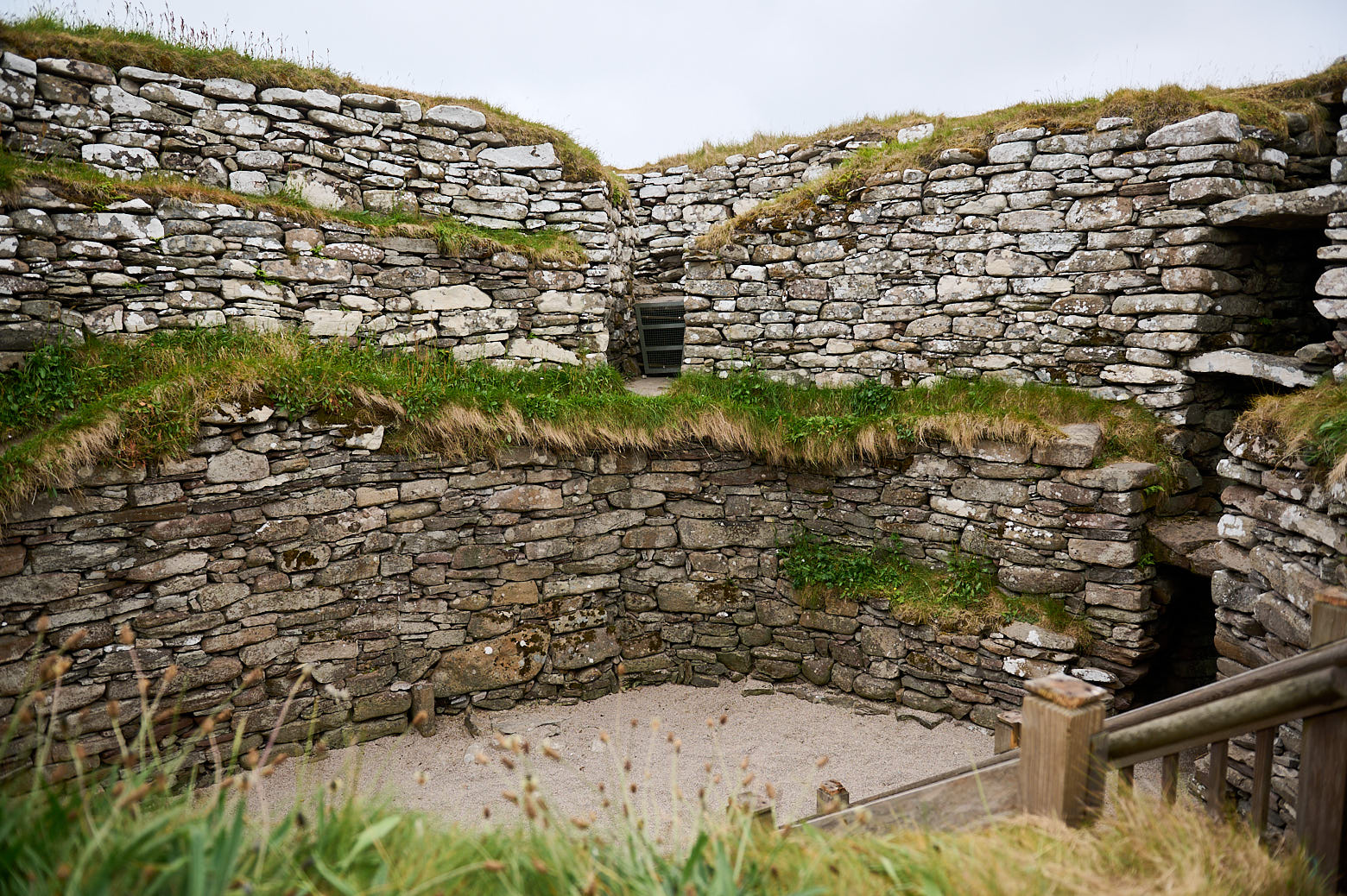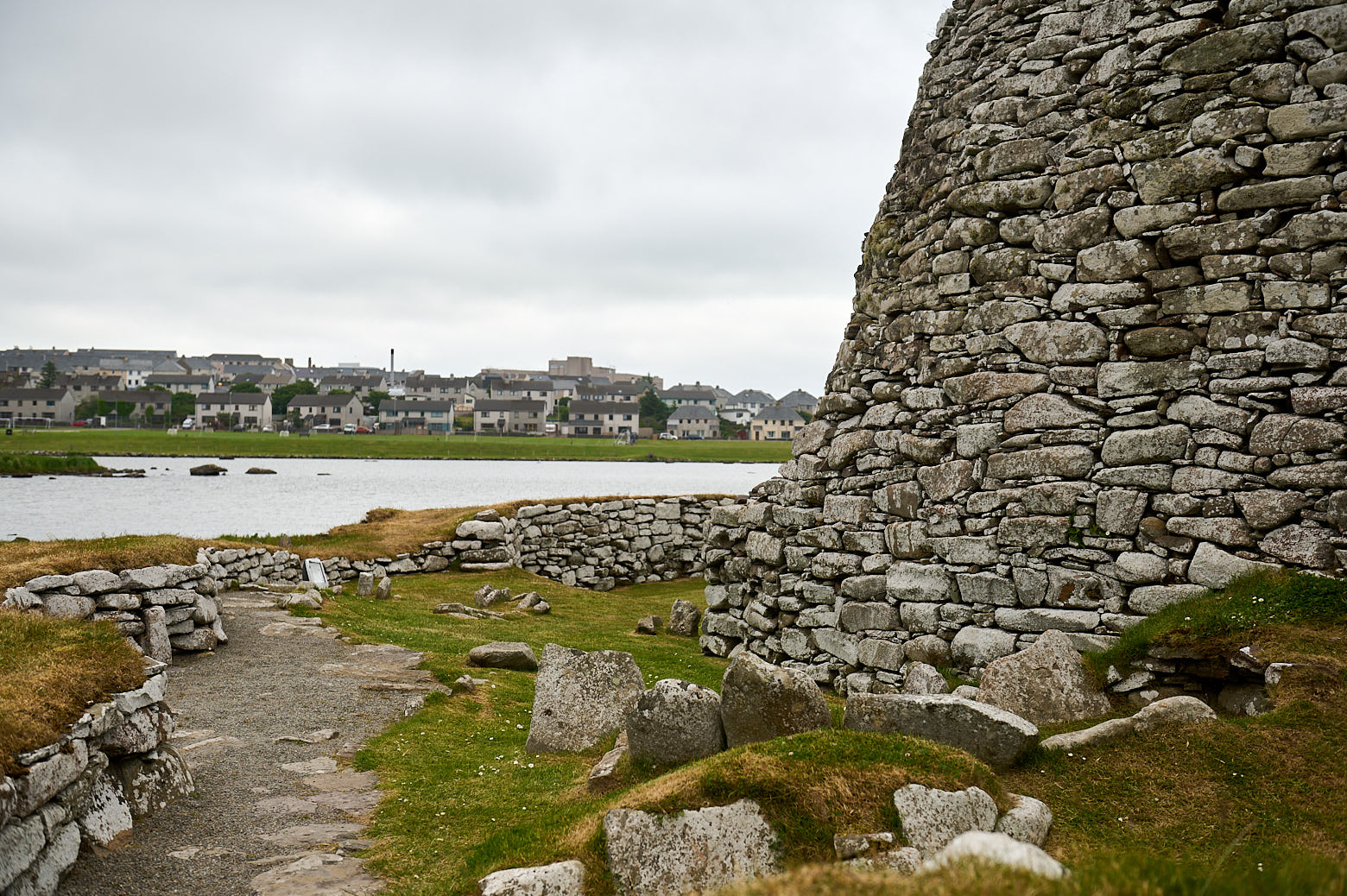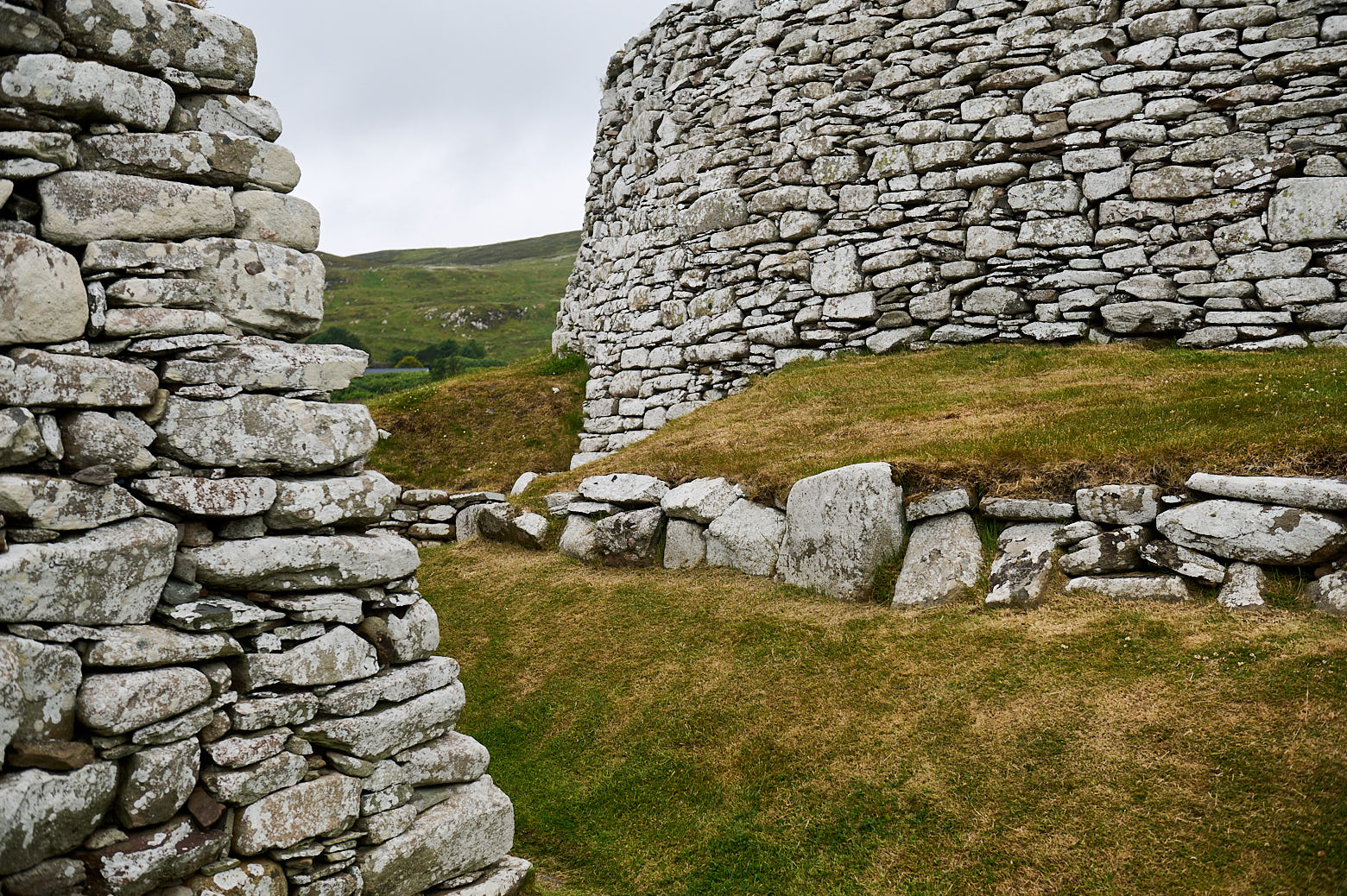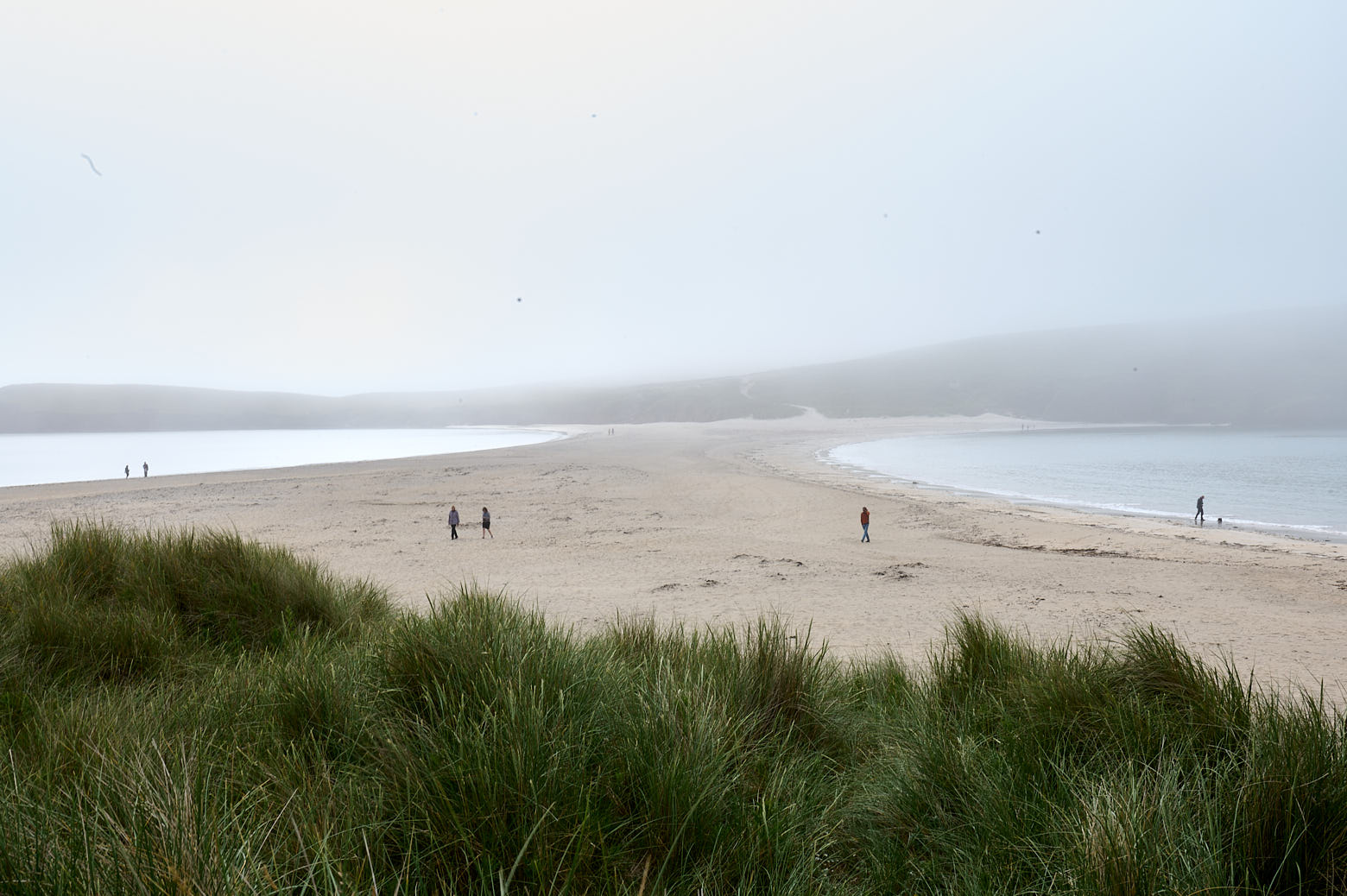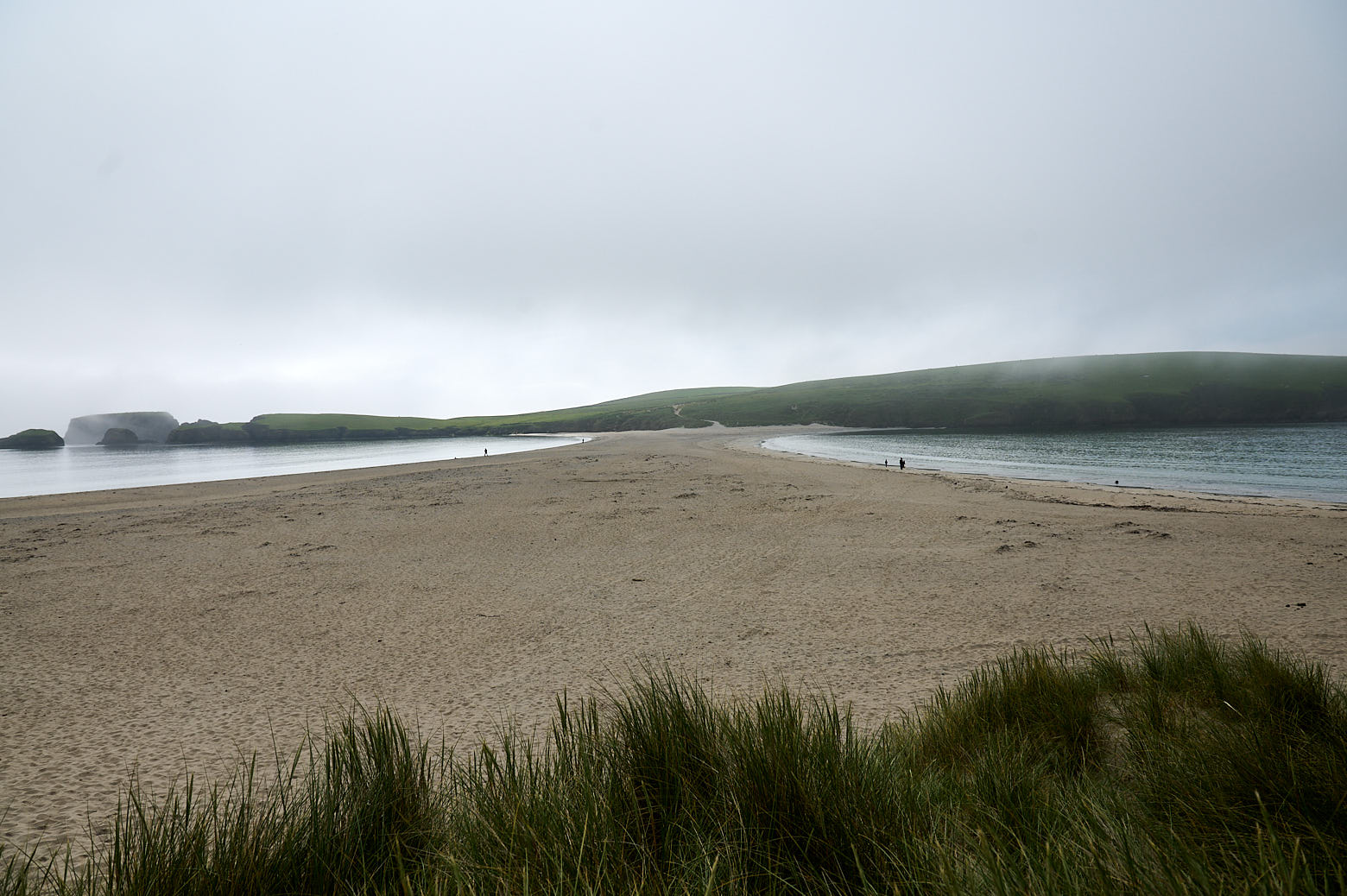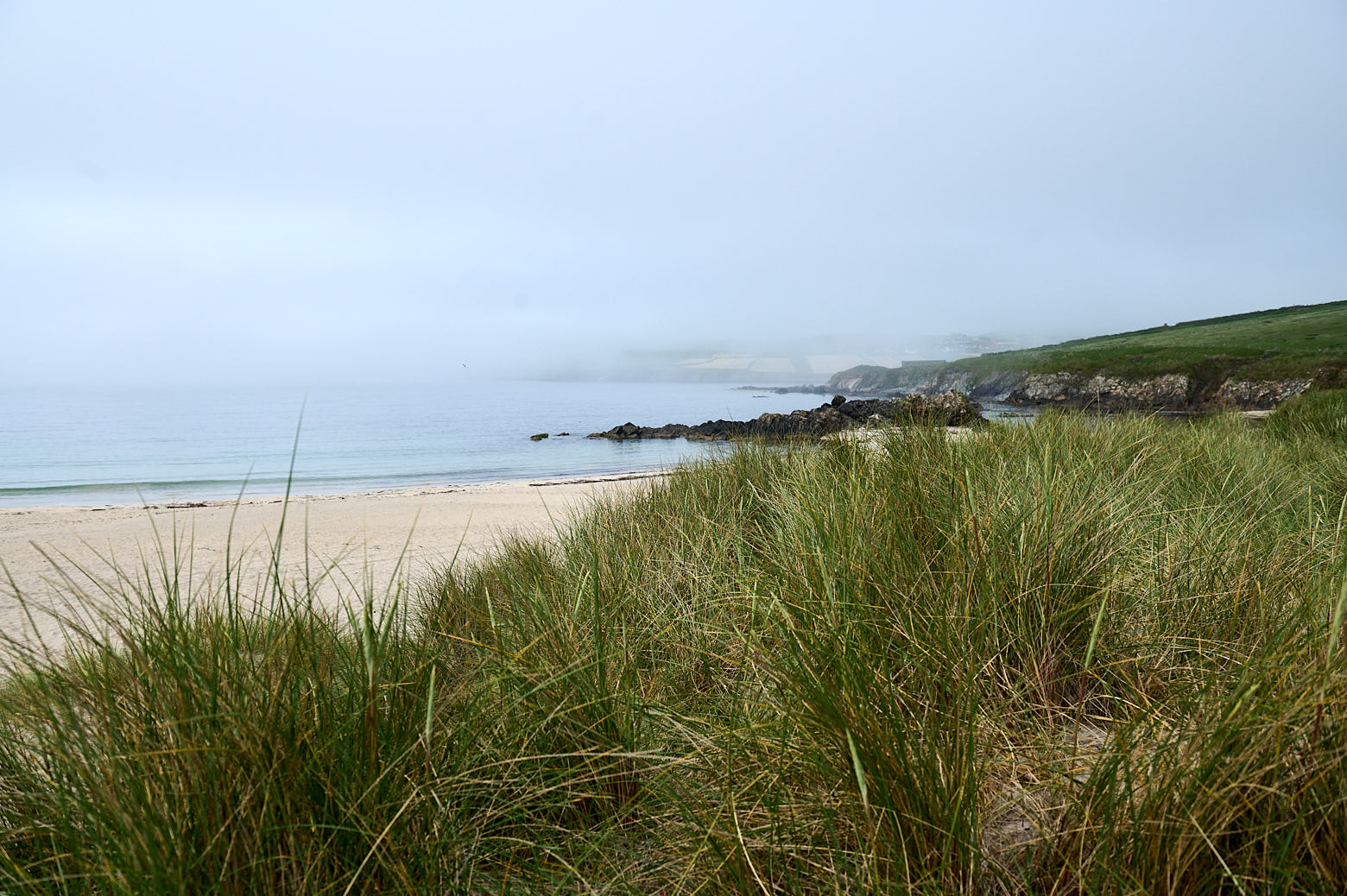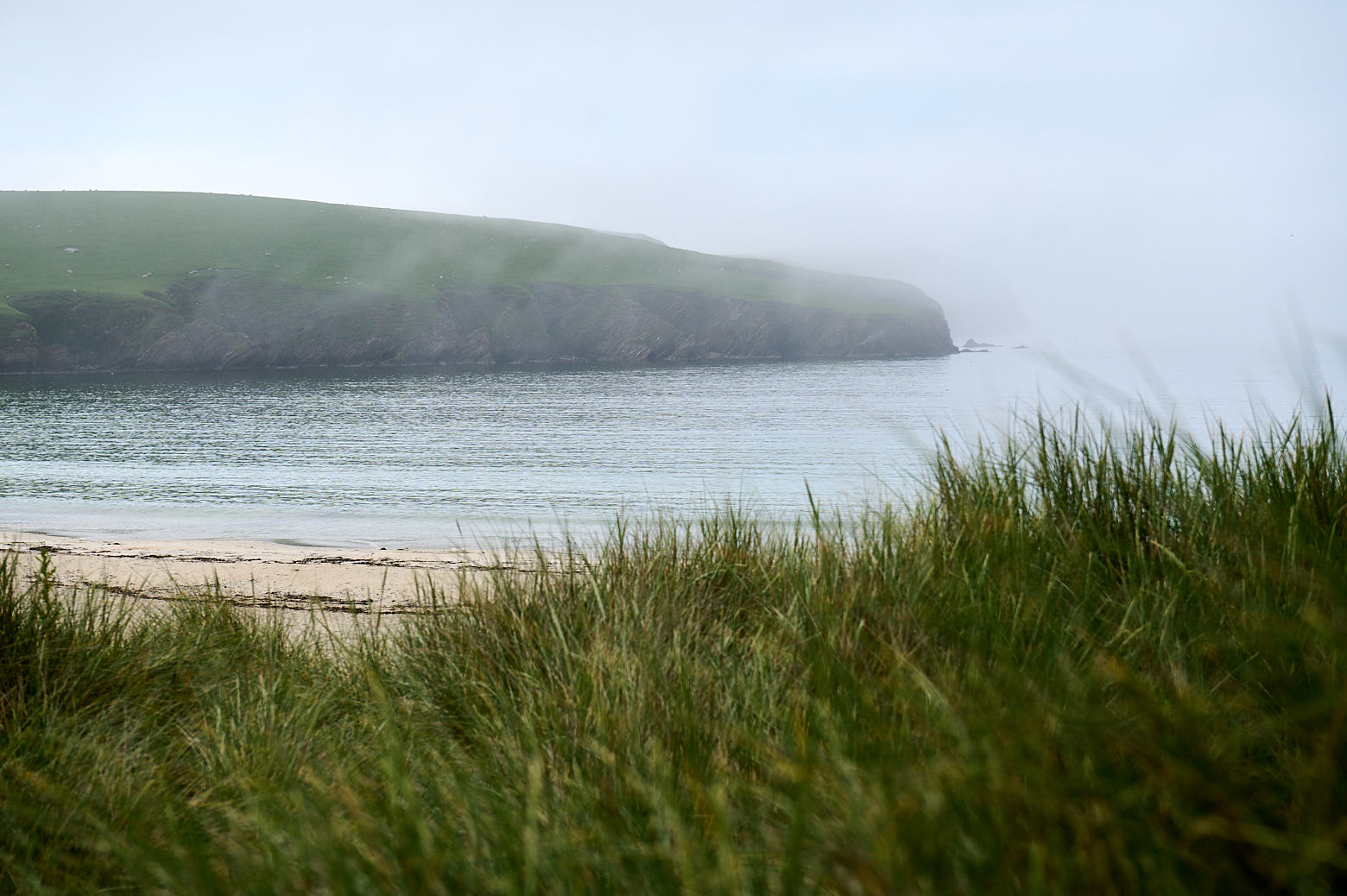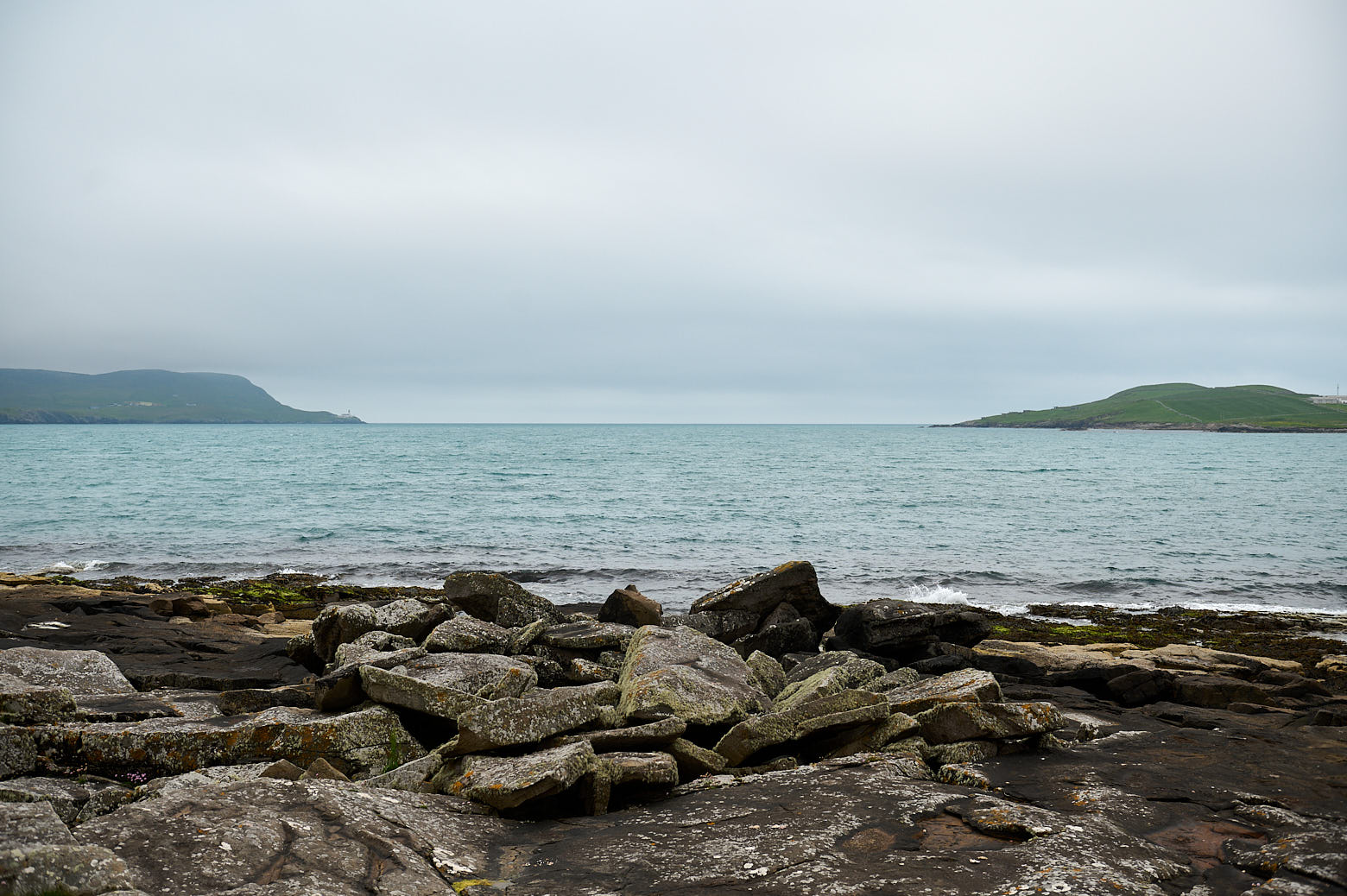
I left my car parked near Loch Clickimin and walked along the coastline to the city centre of Lerwick. Today Lerwick is the capital and biggest city of Shetland, but until 1830 Scalloway used to be the capital and sheep used to graze the land that is today’s Lerwick.
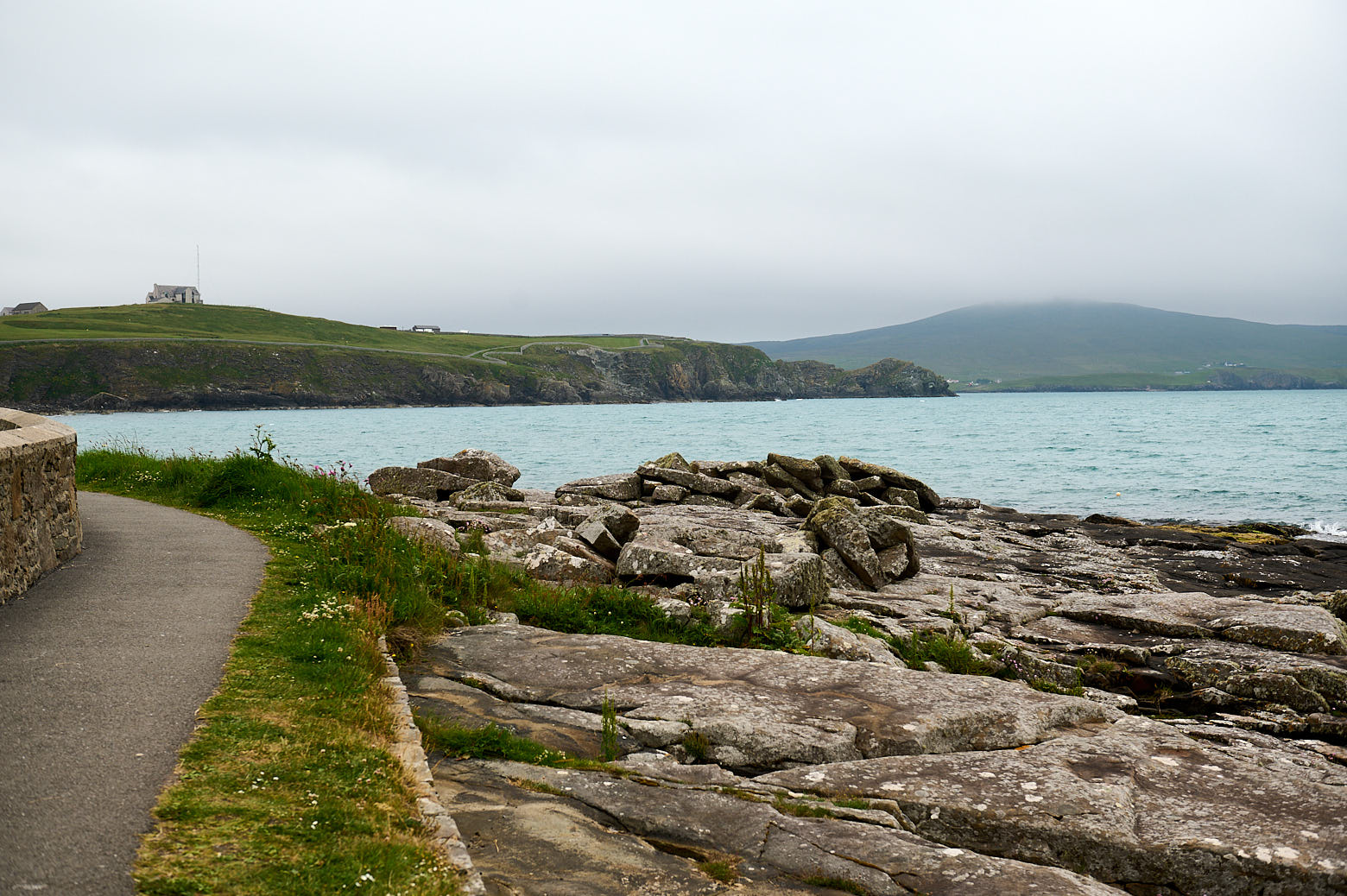
The name Lerwick comes from the Old Norse word “Leirvik”, meaning muddy or clay bay. In 1625 the back then small settlement of Lerwick was burnt down after an edict from Scalloway, because
of the lawlessness seen in the area, including, drunkenness, theft, prostitution, assault and murder… (Northlinkferries.com)
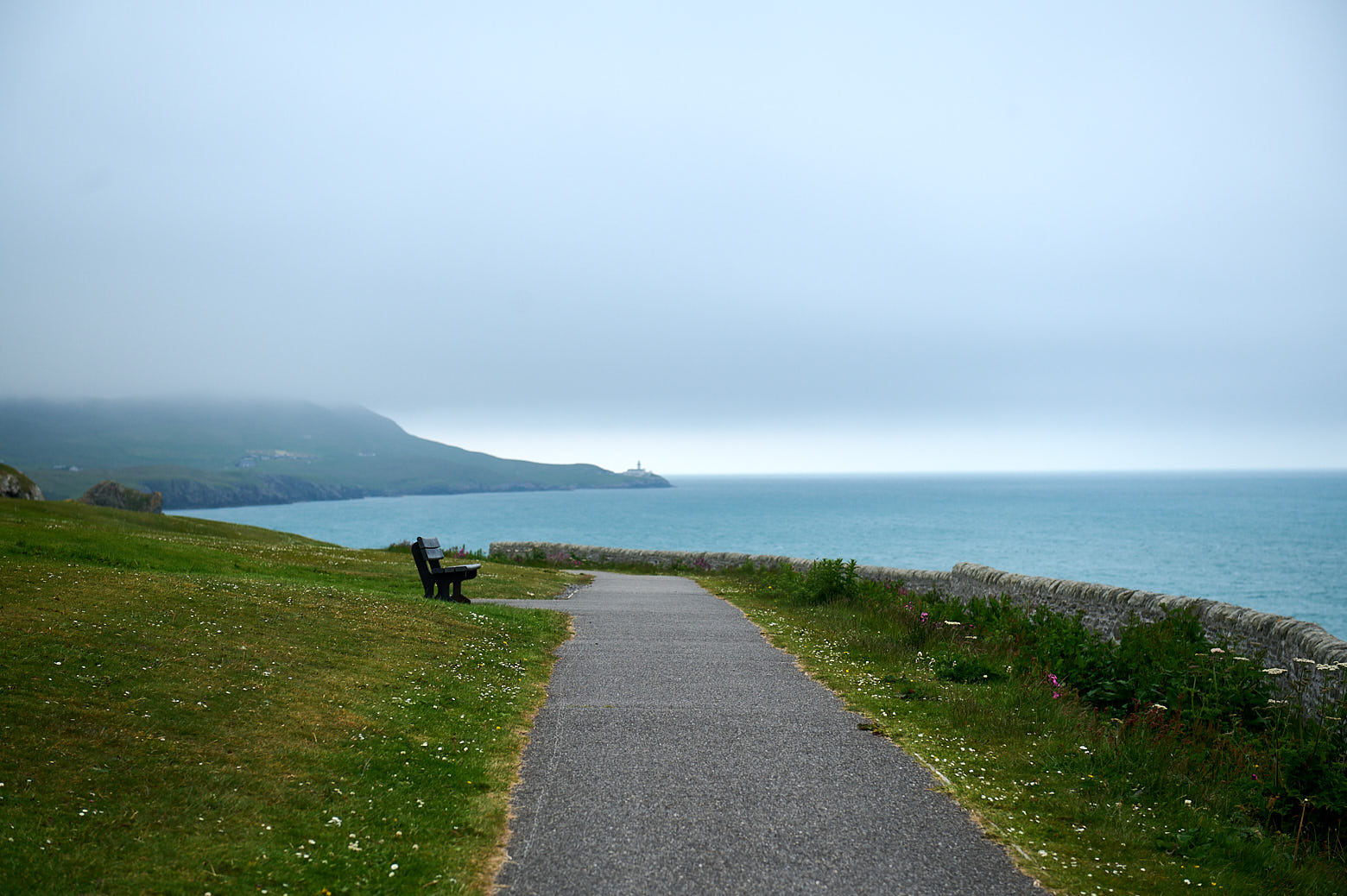
The town was built on smuggling (like many other places in Shetland). Danish fishermen started to arrive from the 1600is in the summertime for the summer herring fishery. Locals started to trade them fresh goods, wool and other goods.
In exchange, brandy, gin and tobacco were bartered and smuggled ashore in a series of underground tunnels that ran the length of Commercial Street. As a result, small trading booths sprang up along the shore for both legal, and illegal trade. (Northlinkferries.com)
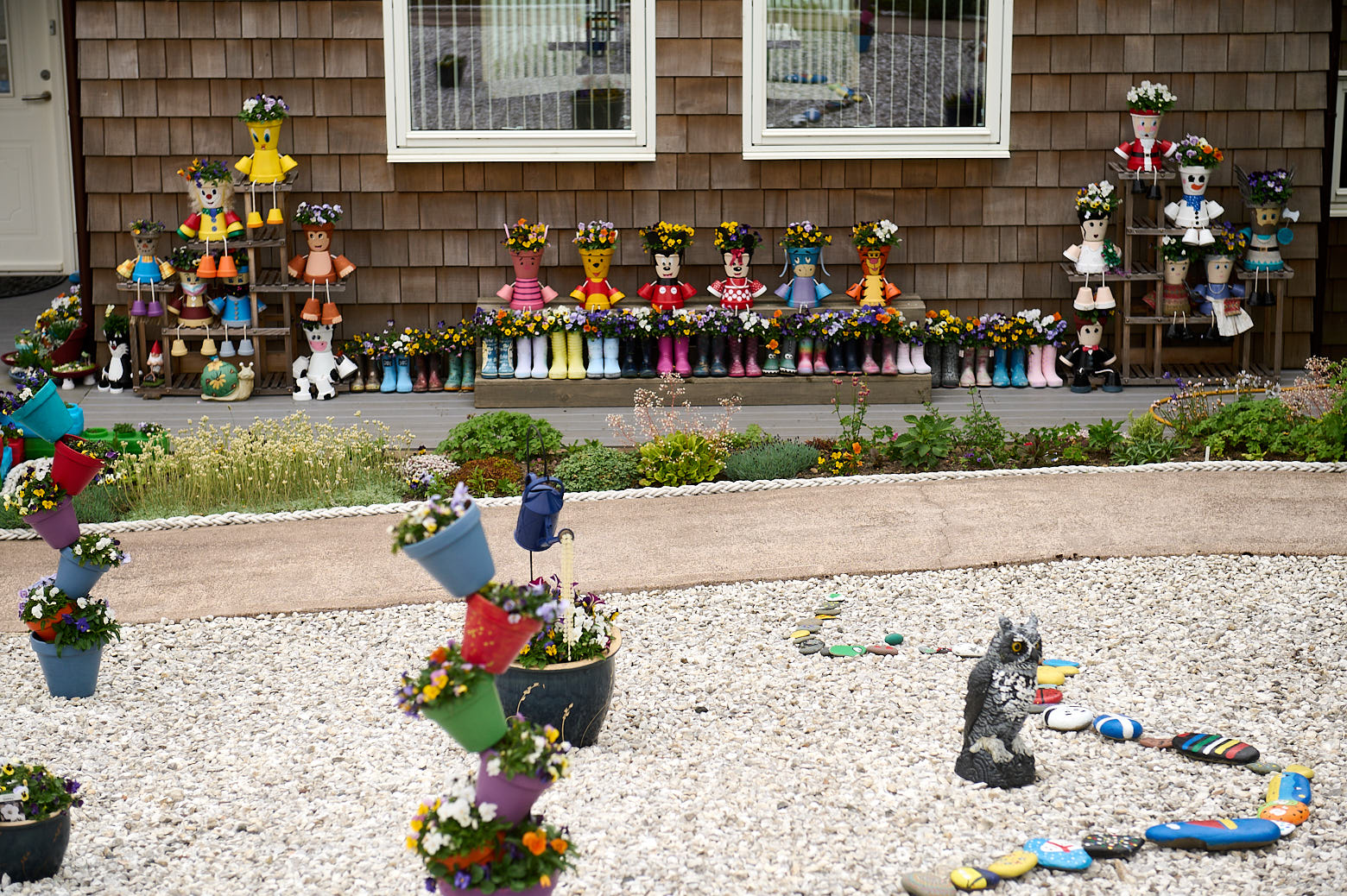
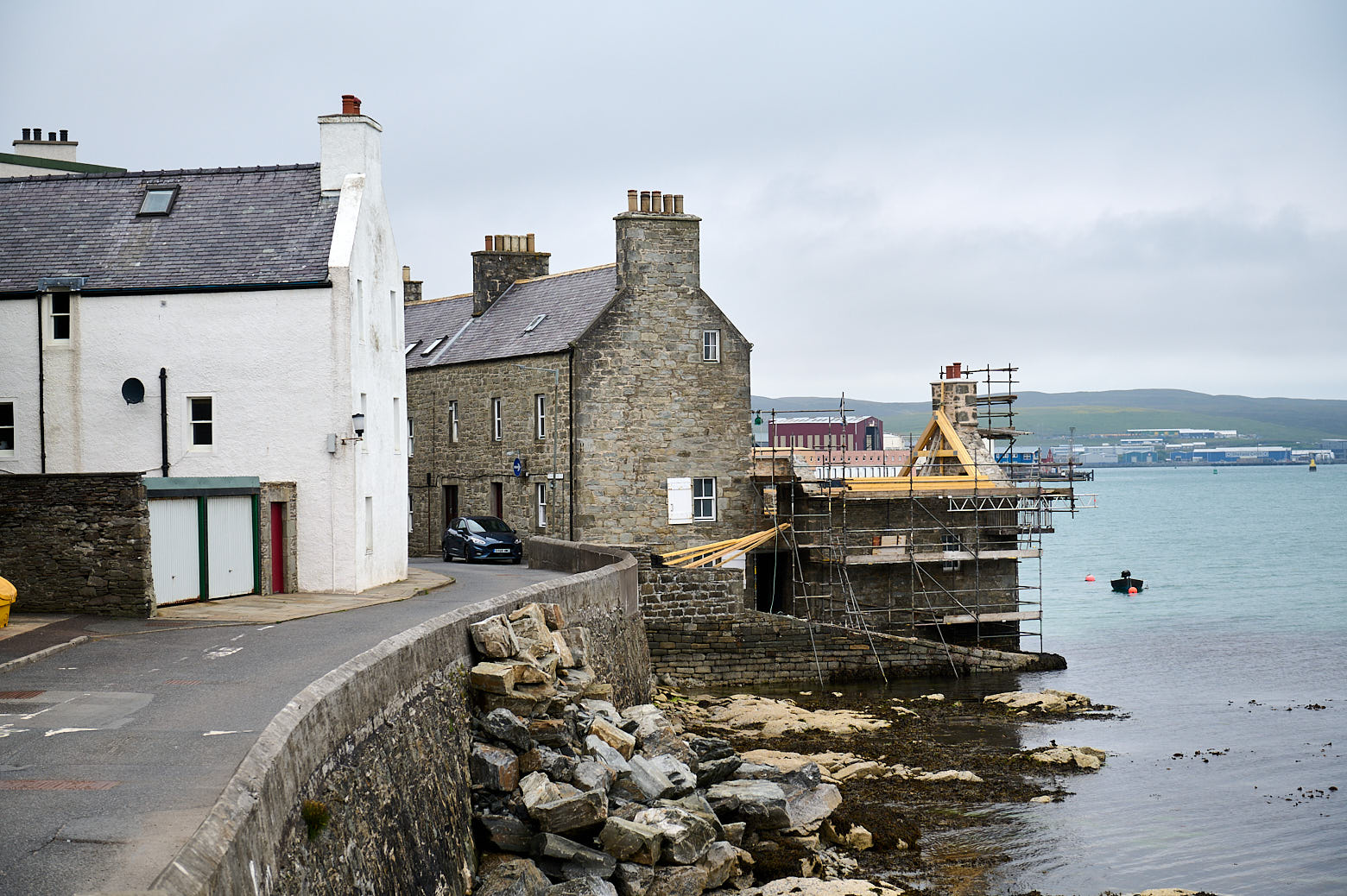
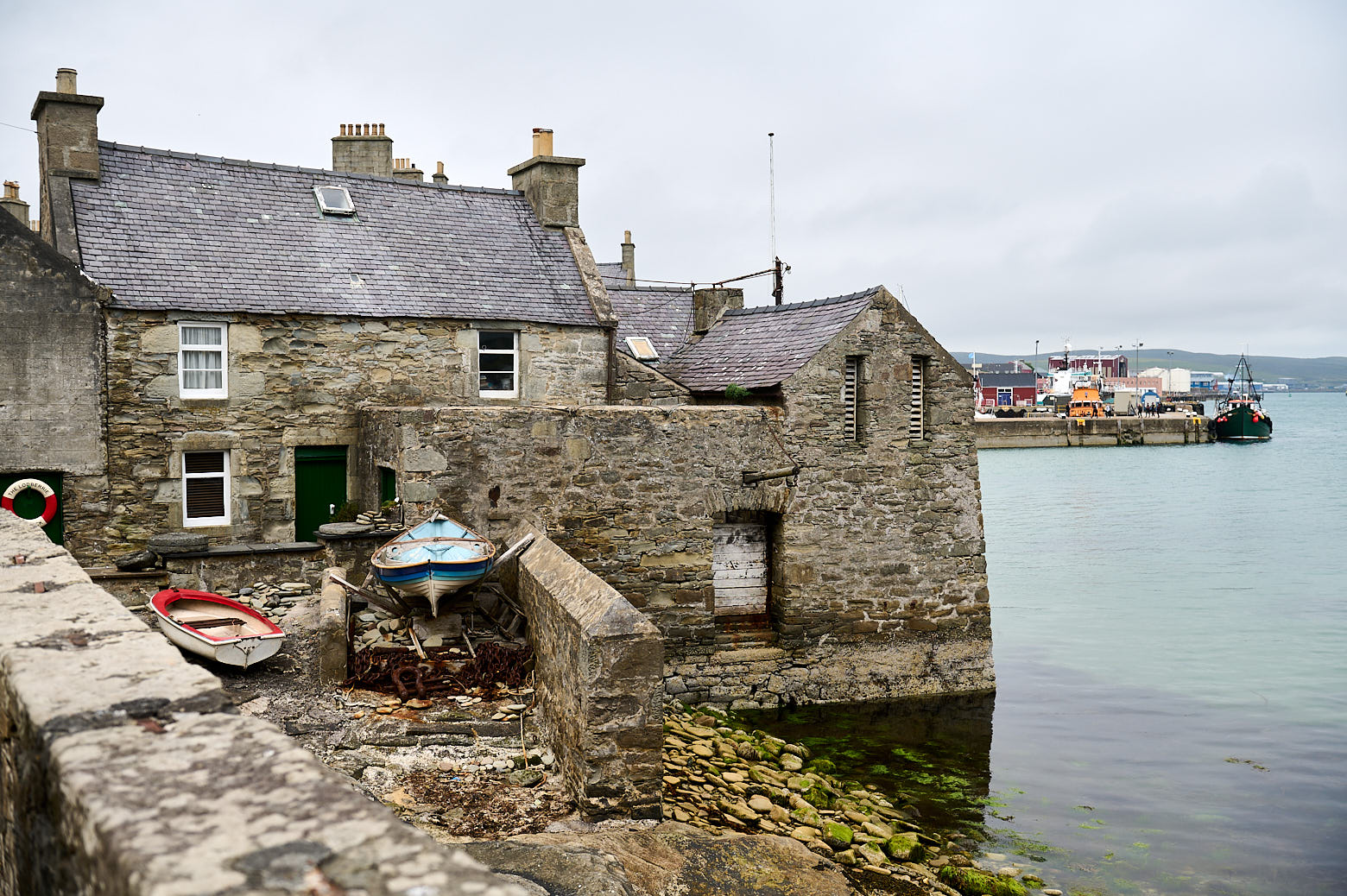
The Lodberrie – the home of the fictional Detective Jimmy Perez from the TV show “Shetland”. But this house is also connected to the smuggling trades.
This building, dating to about 1772 was one of 21 lodberries that lined the foreshore in Lerwick by 1814. The word lodberry comes from the Old Norse hladberg and means ‘a landing place, or a landing stone’ and describes the type of use these utilitarian – yet beautiful – buildings were designed for. (Northlinkferries.com)
These houses used to be trading booths, their foundation built in the sea, boats were offloaded, legal goods sold right there on the streets and the illegal goods were taken in the tunnels under the town.
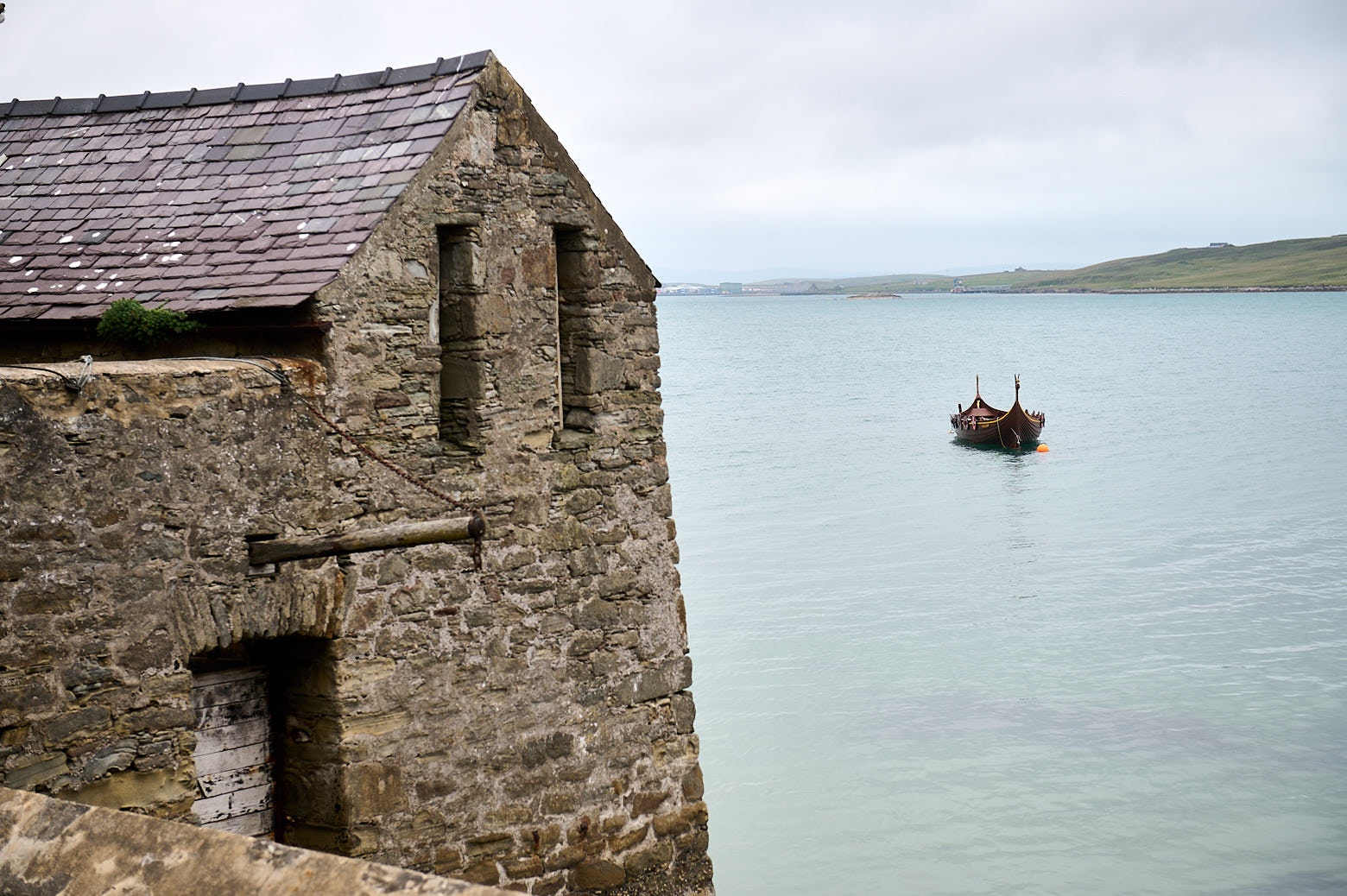
No one planned the old town it just grew organically until the Victorias tried to get some order into the maze of alleys and close. They also laid out a new town with spacious villas and public parks beyond the Hillhead.

